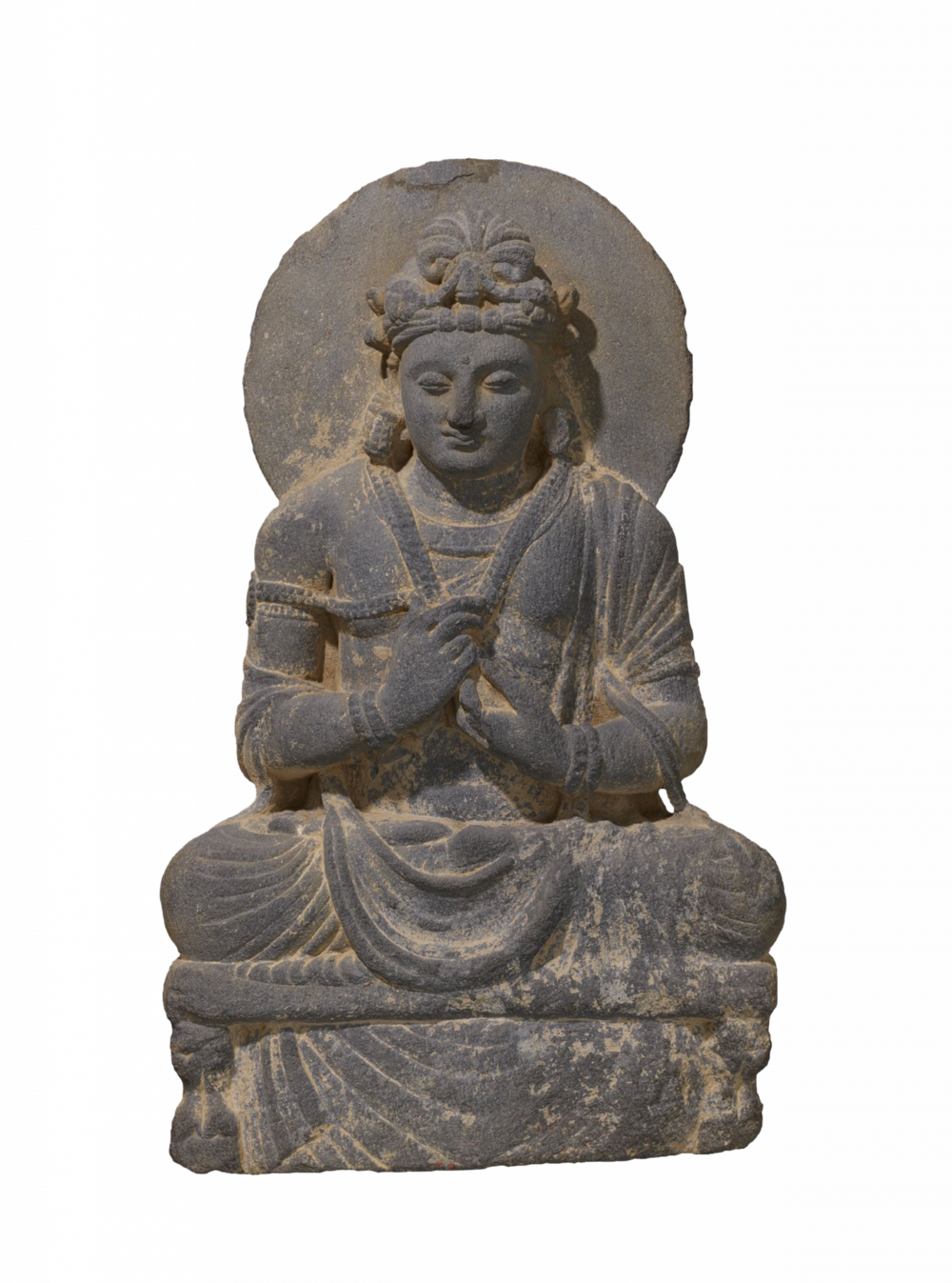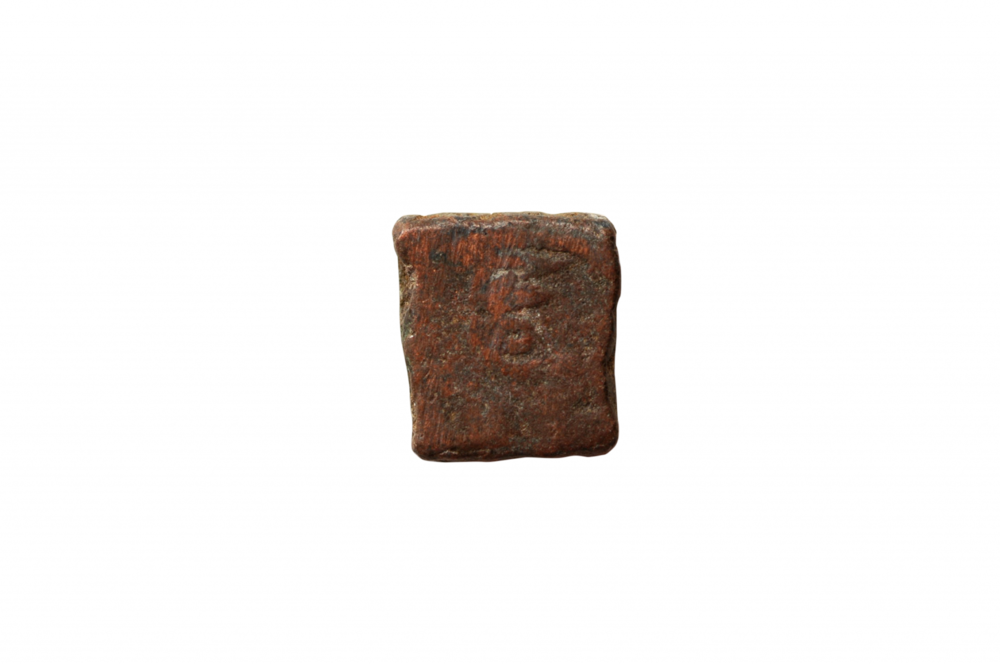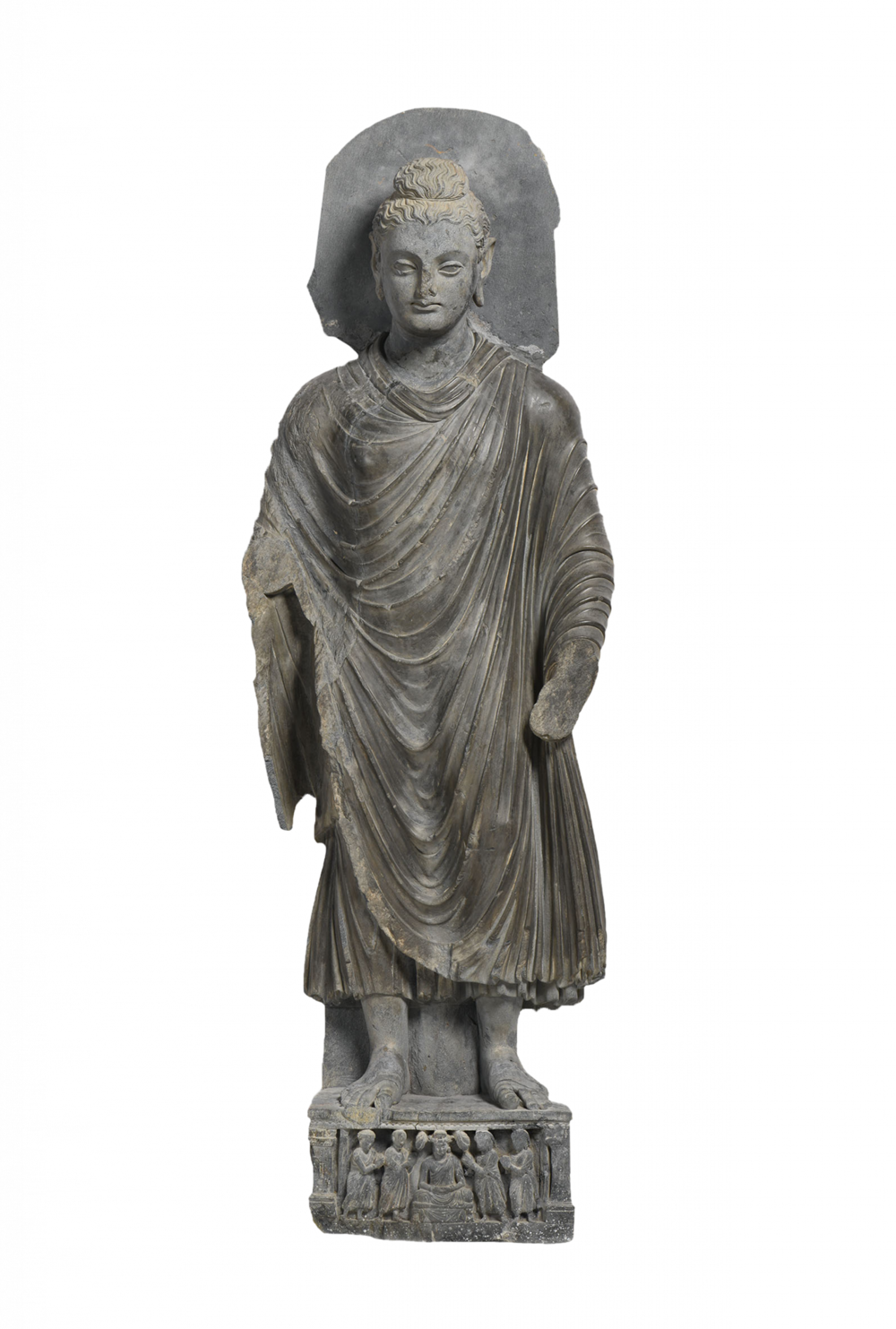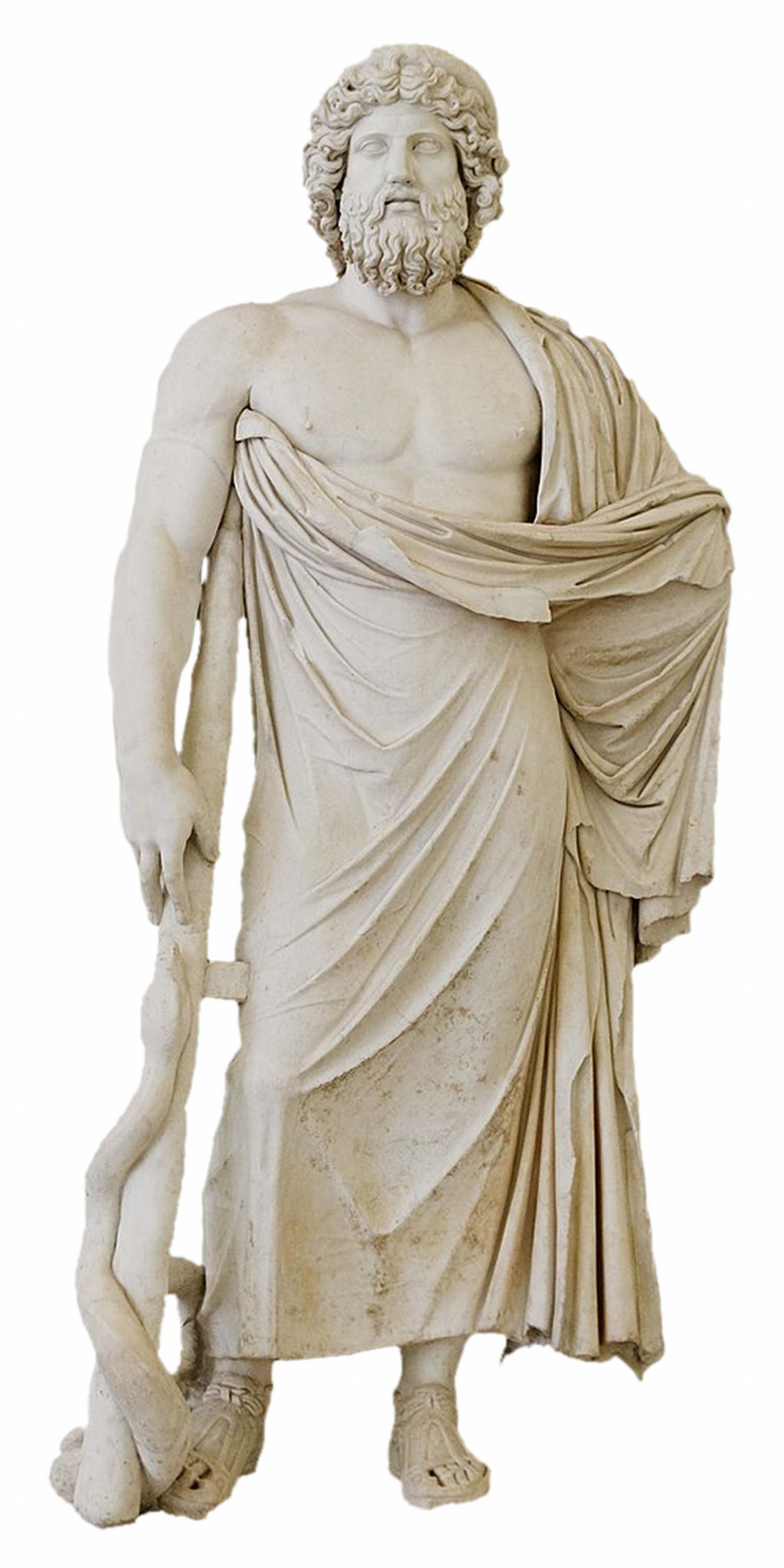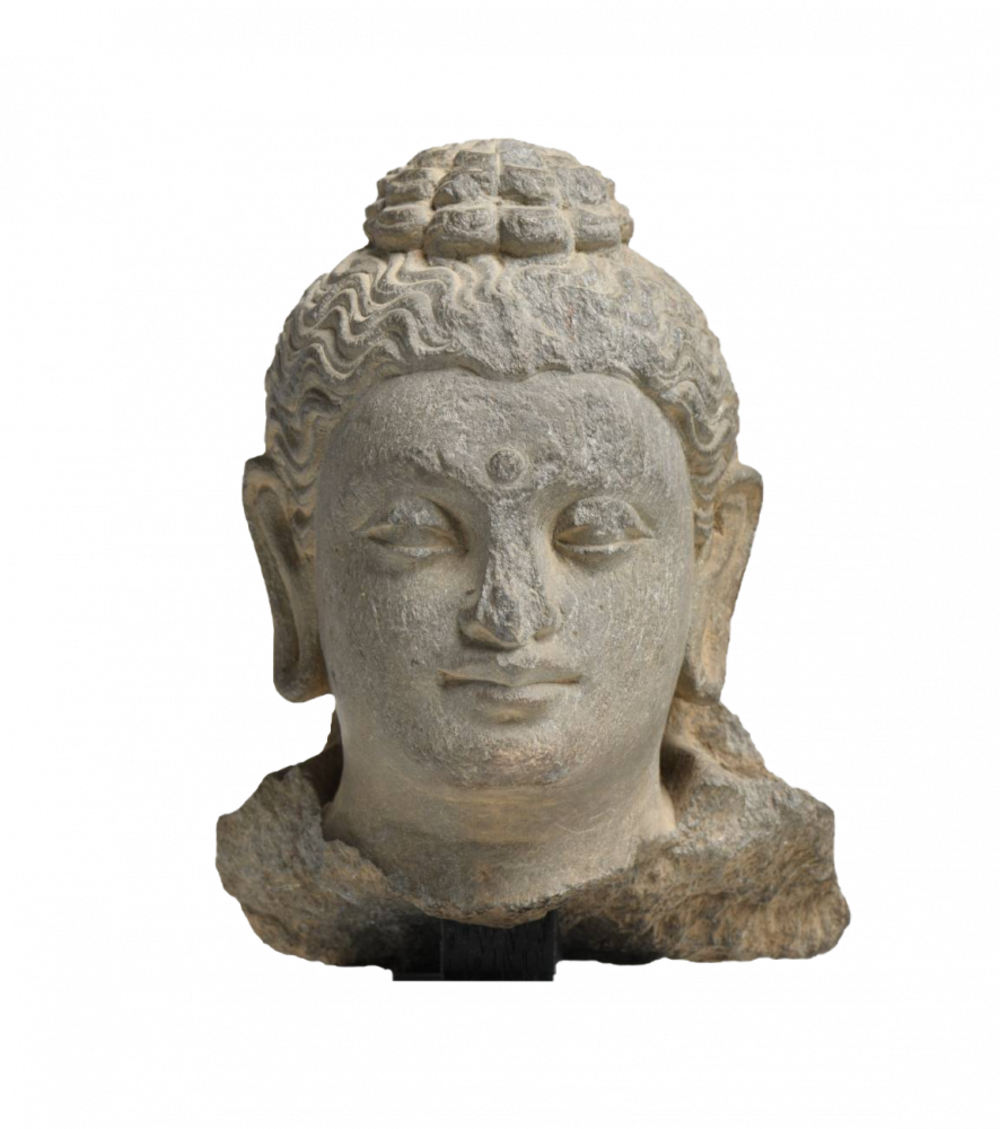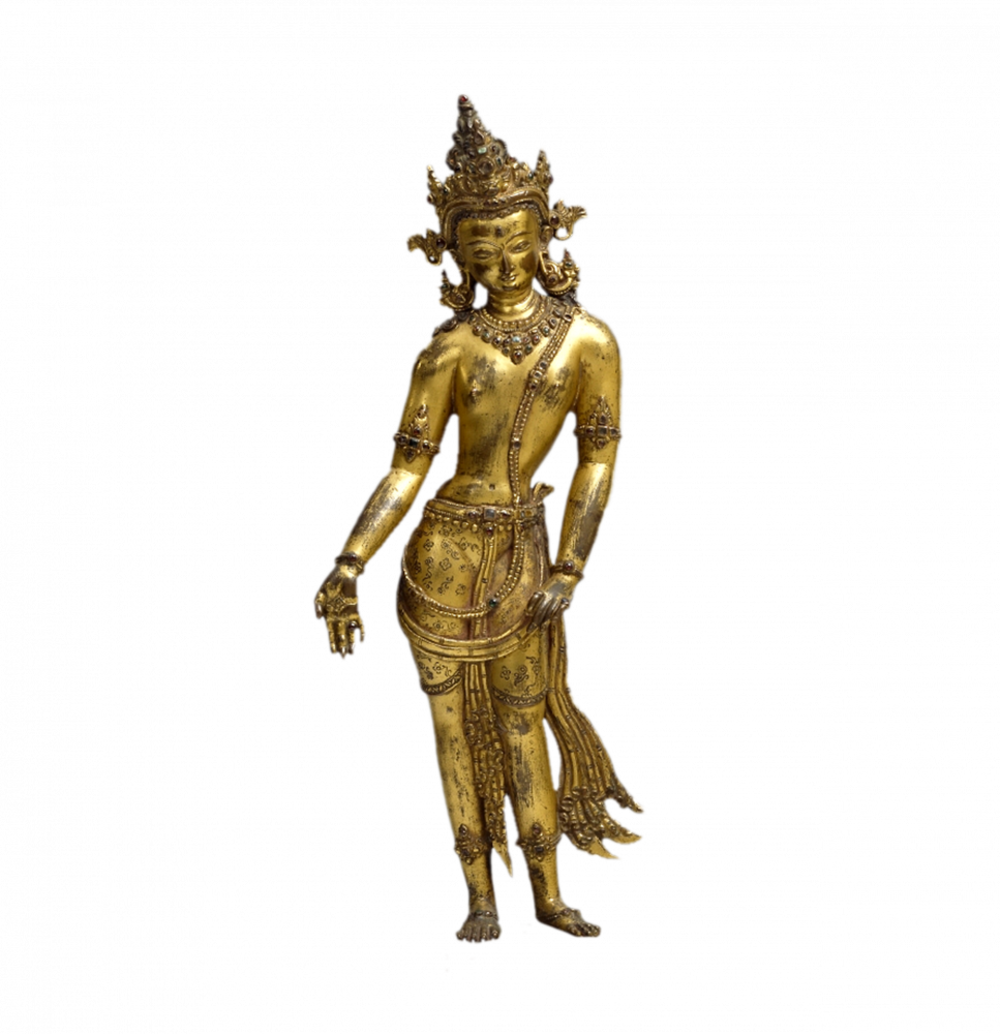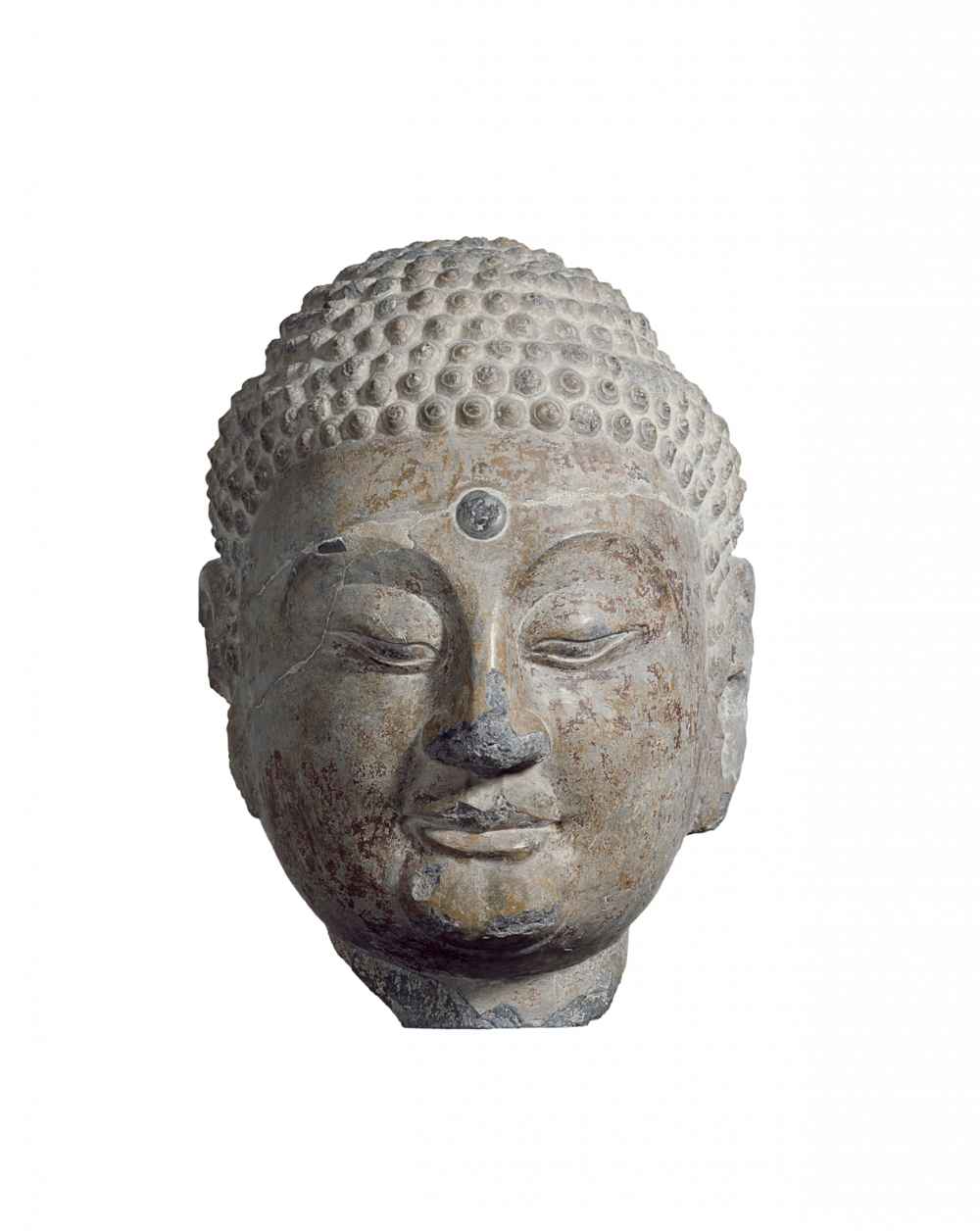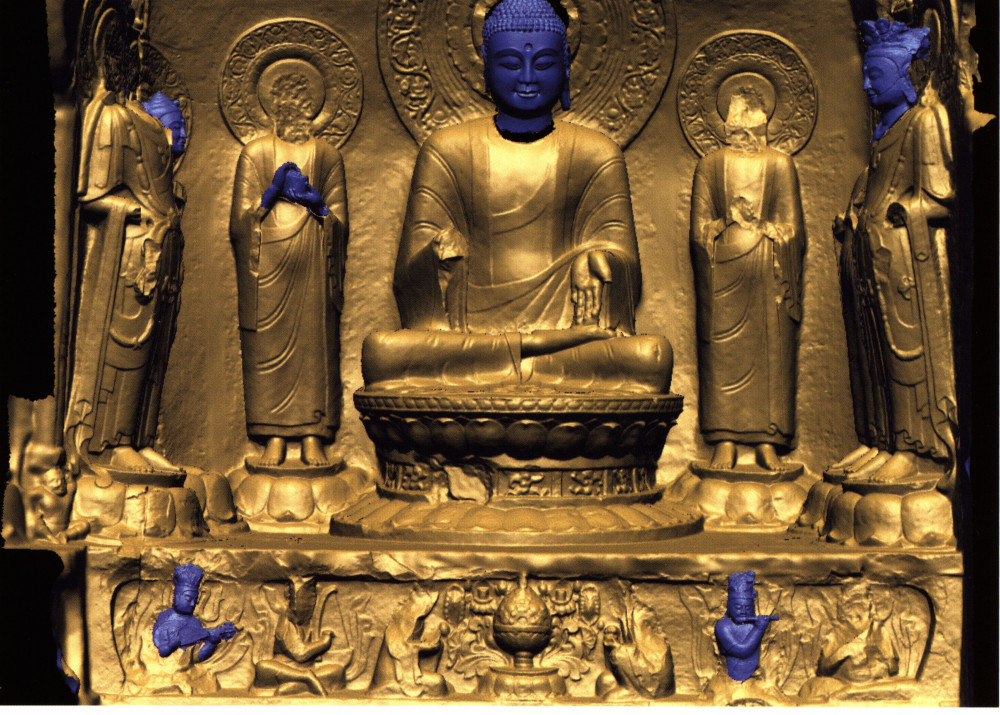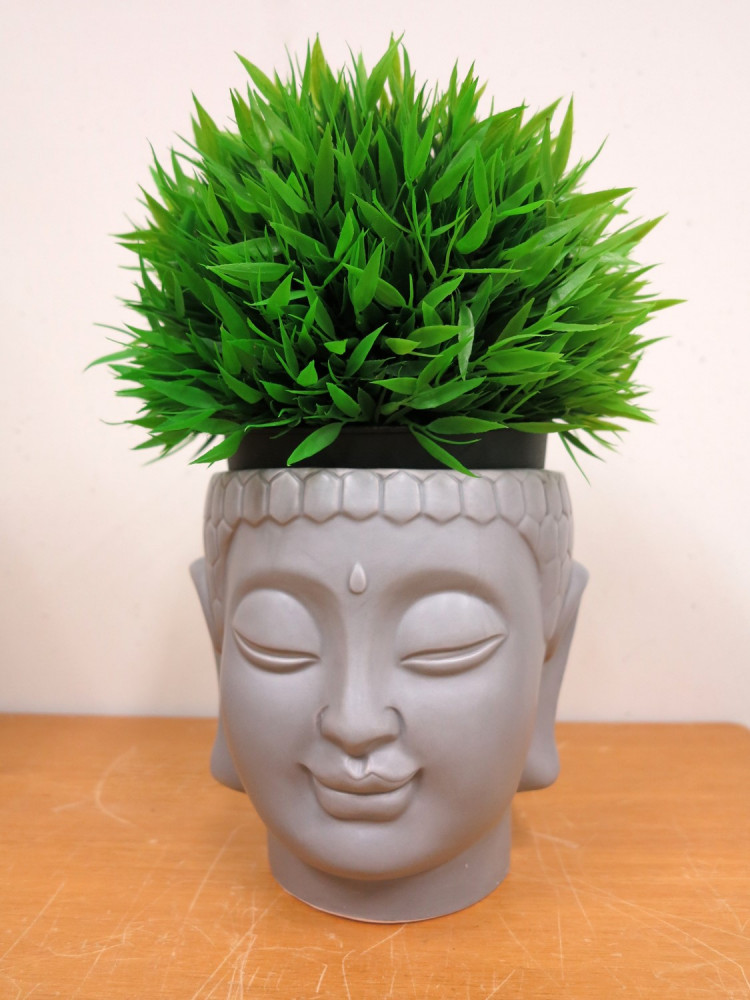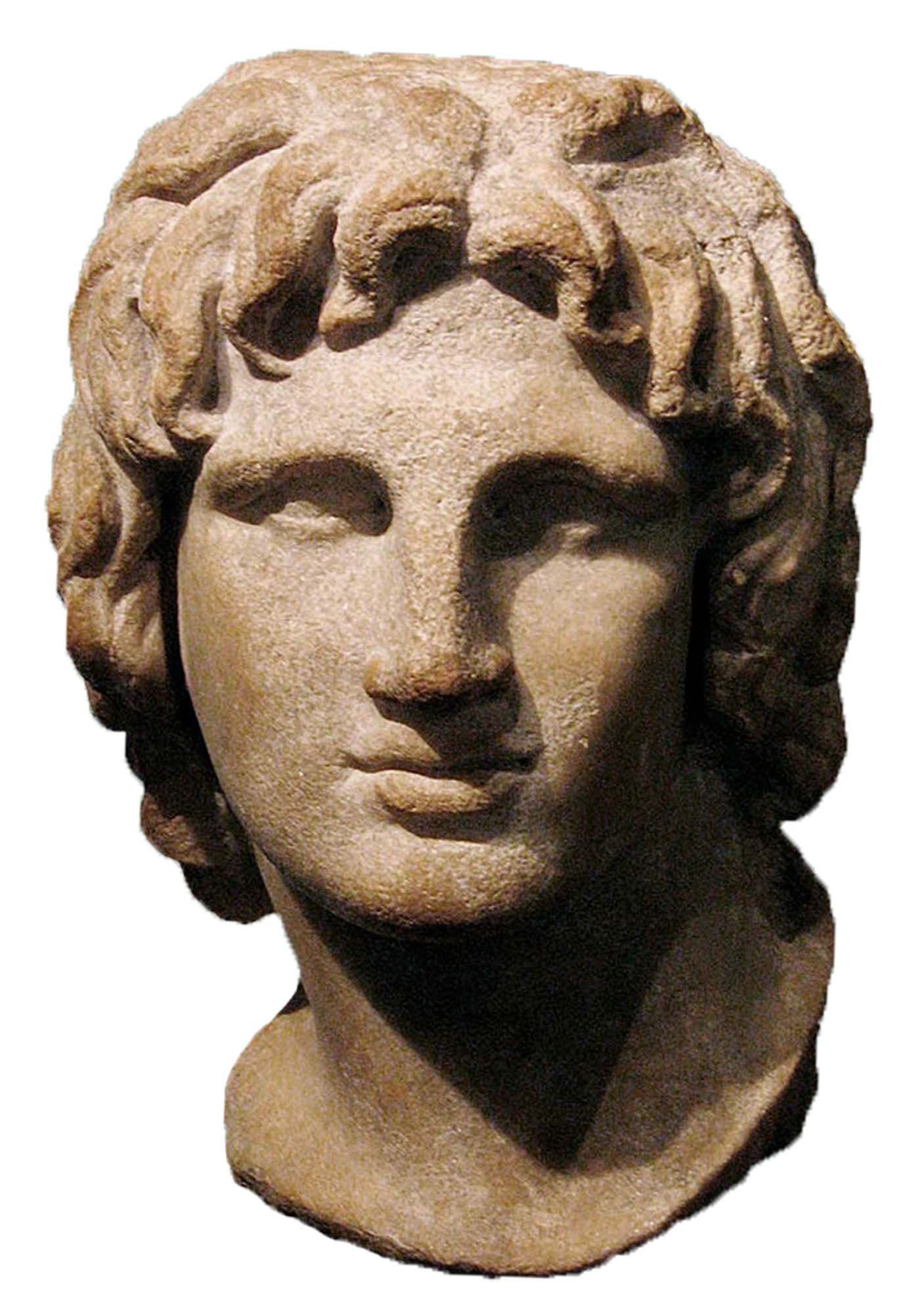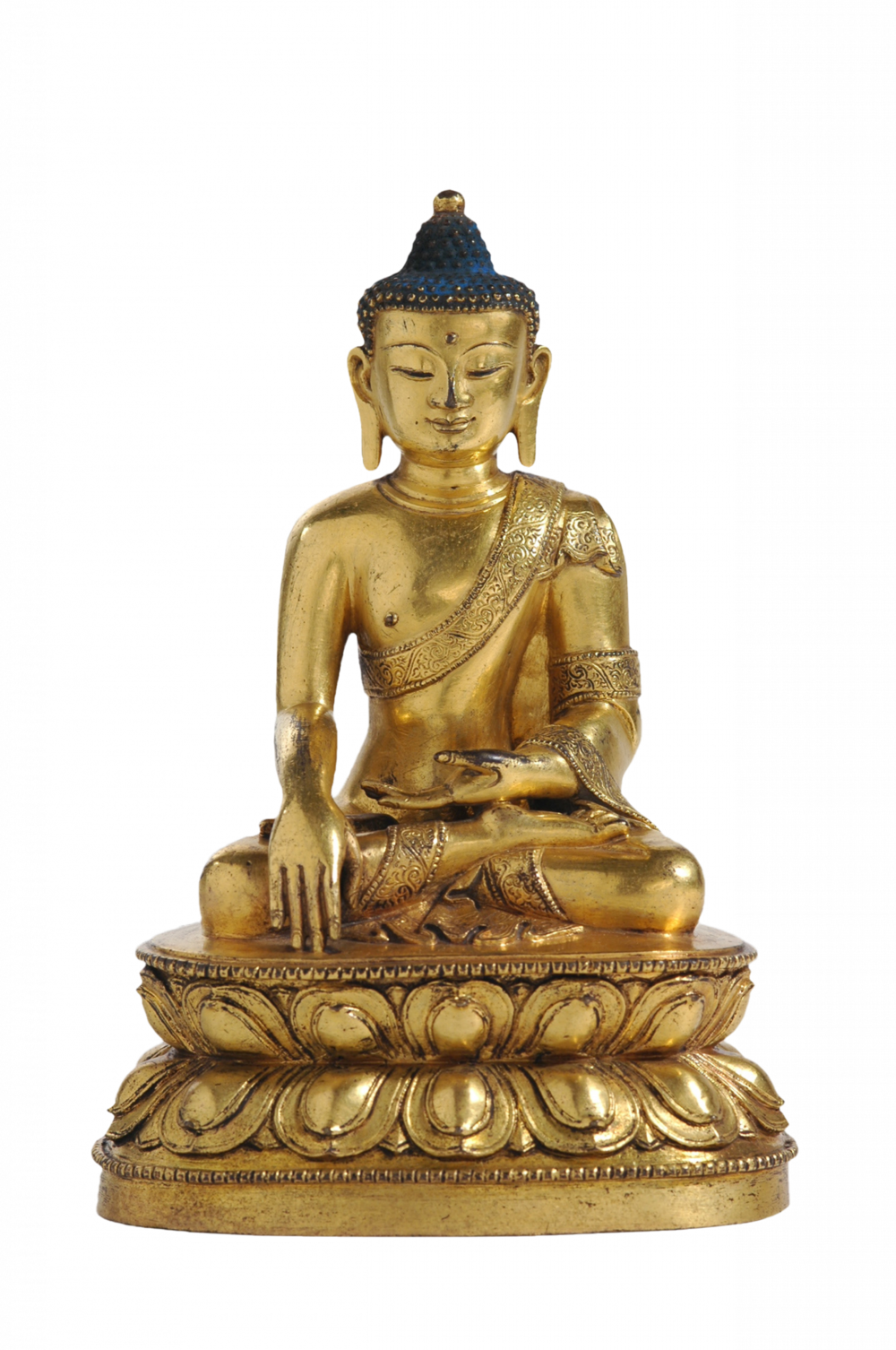Outside of Asia, Buddhist figures can be found in a wide range of non-religious contexts, including restaurants, garden centres, and lifestyle shops, where they can also be purchased.
Often only the head of a Buddha is represented. You can buy tissue dispensers or plant pots in the shape of a Buddha head.
Buddhist art objects are of course on display in museums and art galleries, and are also highly sought after on the private art market.
How did Buddhist figures come to enjoy such great popularity outside Asia? How does one explain that Buddha figures now feature on shop shelves almost as a matter of course?
These are just some of the questions you can explore in this story.
